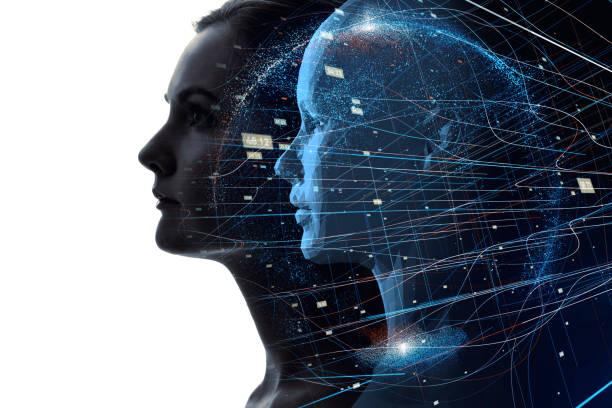The digital twin or digital twin is a dynamic virtual replica of physical objects – whether they are machines, systems, or industrial processes. It merges the physical and digital worlds, allowing for in-depth analysis and real-time optimization. This technology, at the heart of Industry 4.0, plays a crucial role in digital transformation, facilitating simulation and improving the reliability and efficiency of industrial operations.
Table des matières
ToggleGlossary on the Digital Twin
A digital twin, also known as digital twin in English, is a virtual representation designed to very accurately reflect a physical object, system, or process. Initially developed in the industrial sector, this digital model serves as a bridge between the physical and digital worlds, enabling thorough analysis and understanding.
Digital twins are used to perform real-time simulations and, due to their dynamic and interactive nature, they can be applied in various sectors such as aerospace, automotive, healthcare, and many others. By relying on data collected from various sensors on the physical object, the digital twin allows monitoring of the object’s condition, predicting failures, and optimizing its performance.
In the context of Industry 4.0, digital twins play a crucial role in enabling the digital transformation of industrial operations. This includes automation, predictive maintenance, and process optimization. By using advanced technologies such as the Internet of Things (IoT) and artificial intelligence (AI), these digital models become a key element of companies’ digital strategy.
The possible applications of the digital twin are numerous: in the healthcare sector, they are used to simulate human organs for medical trials without risk to the patient; in the automotive sector, they help transform production lines for increased efficiency, as illustrated in the revolution of BMW.
As indicated in the analyses of the Industry 4.0 market (see Market Analysis of Industry 4.0), the development and adoption of digital twins are expected to grow significantly in the coming years. The market is projected to reach new heights thanks to constant innovations in advanced manufacturing technologies.
The mining sectors, for example, are already benefiting from the advantages brought by Industry 4.0 technologies and digital twins, transforming mining operations in innovative and eco-friendly ways. See particularly how technologies are radically transforming mining operations.
Ultimately, the digital twin is an indispensable tool for companies looking to remain competitive in a rapidly evolving technological landscape. They provide an overview not only of the past and present performance of an object or system but also a prospect for its future evolution. This ability to anticipate and plan makes digital twins a pillar of innovation in the digital age. Companies embracing digital twins today are preparing their organization for tomorrow.






